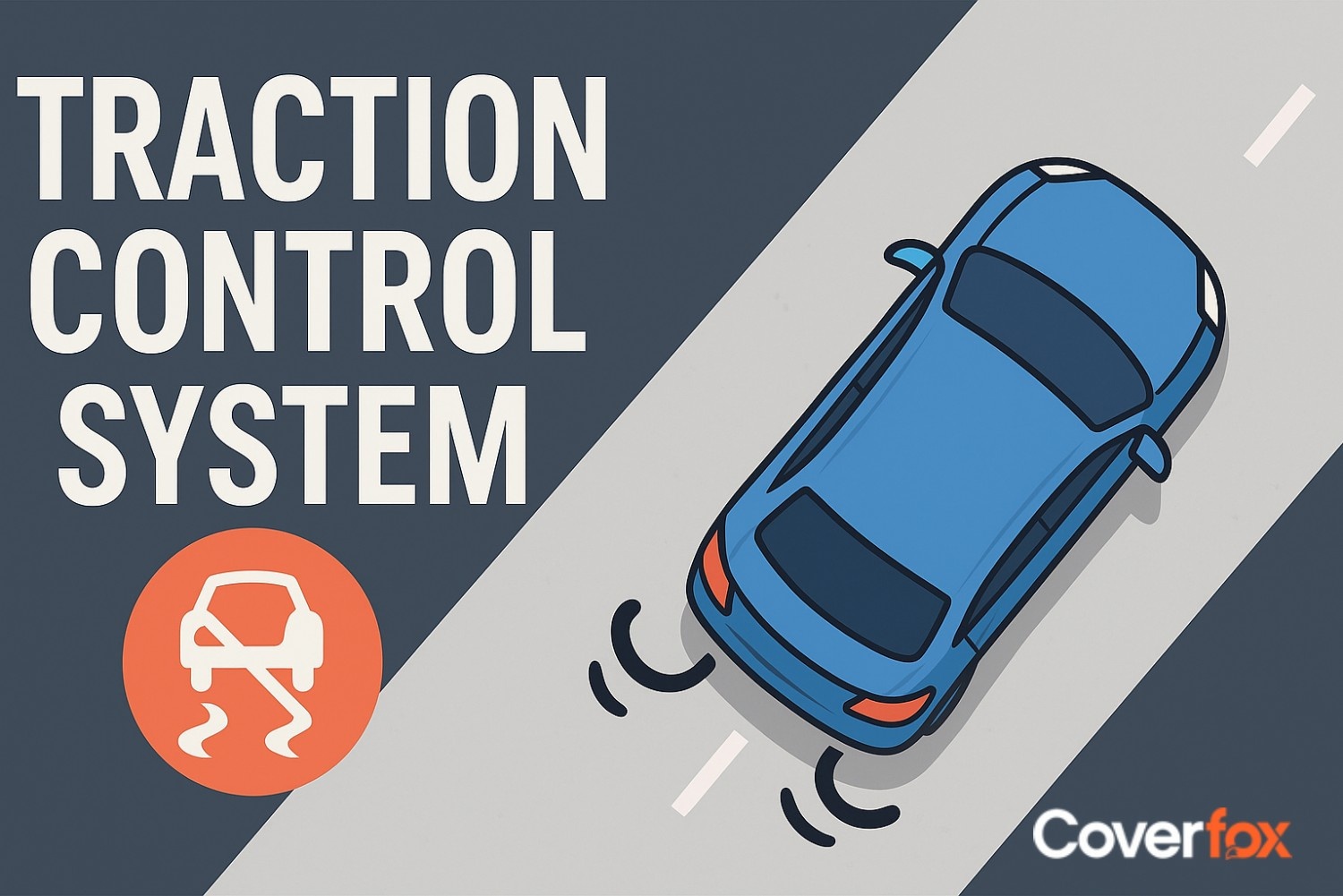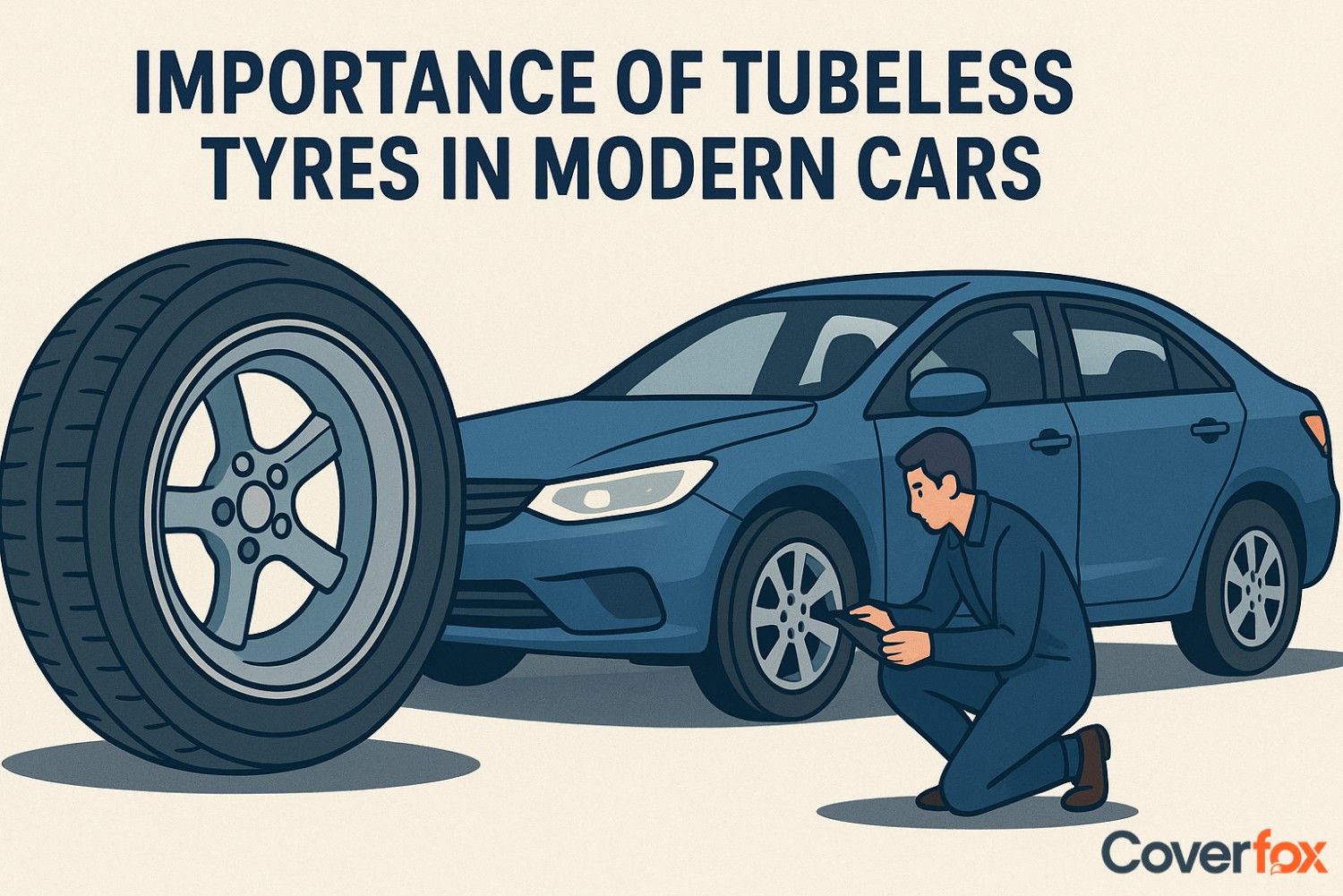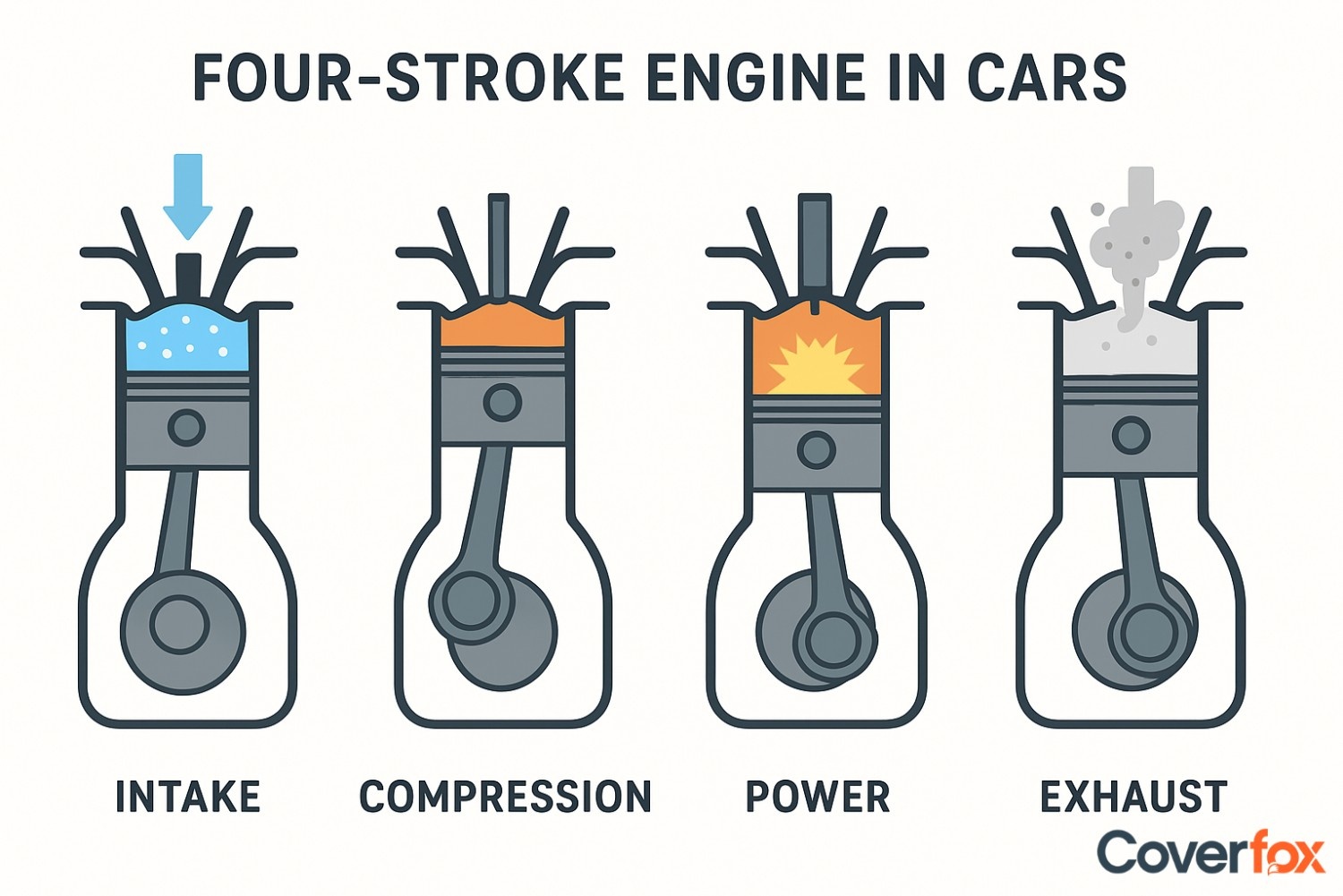A car is made with extra precision, keeping in mind every minute detail that comes to mind while driving a car. One such minute detail is seeing the back view or the rearview of your car from the driver’s seat. ORVMs come in handy here.

It is a key feature of any car to check your rearview without actually turning your head. One of the major components while driving is to be aware of your surroundings, and ORVMs will make your life easier. So what exactly is an ORVM, and how does it work? To know the answer to these questions, stick till the end!
What is a Car ORVM?
ORVM stands for Outside rearview Mirror. These mirrors are installed at the outside of the car, one on each side. Have you ever felt irritated because the driver asks to adjust those side mirrors in the car? Yes, those are ORVMs, which help the driver to have a clear rearview of the car. It is an important component of the car, which the driver requires to properly manoeuvre the car on the road, while taking care of his surroundings. It helps minimise blind spots, assists in lane changes, overtaking, reversing, and overall situational awareness on the road.
How Does an ORVM Work?
OvRMs work on the principle of light reflection. The ORVM uses a convex mirror (slightly curved outward) to reflect the image in a wider view to the driver. The reflected lights make a virtual image of the rearview. The driver manually / using electrical controls adjusts the direction of these mirrors to have a proper view. Oftentimes, these mirrors have a warning saying “Objects in the mirror may be closer than they appear”.
Modern day ORVMs have additional features like:
- Turn indicators for better visibility to other drivers
- Heating elements to defog the mirror in cold conditions
- Auto-dimming to reduce glare from headlights behind you
- Blind spot detection alerts in premium vehicles
Different Types of ORVM
There are many types of ORVMs available in the market, and are separated from each other with their unique features:
1. Manual OVRMs
These are the traditional OVRMs that are mostly seen in older cars or budget cars. They are the most basic of the types of ORVMs, which can be adjusted manually using a joystick. They act as a normal rearview mirror without any other special features.
2. Electrically Adjustable ORVMs
These ORVMs are mostly seen in today’s modern cars. They have all the features of a traditional ORVM and can be adjusted from the driver’s seat using electric controls. No need to manually adjust them, just adjust them at a click of a button. This saves time and in crucial situations the driver does not lose focus on the road for adjusting the mirrors.
3. Electrically Foldable ORVMs
Another electrical ORVM, having all the features of an electrically adjustable ORVM with an additional feature of folding itself when the car is turned off or is parked. This type of ORVMs are found in modern cars which helps them avoid any damages in tight parking spaces and actually safeguard itself from thieves.
4. Heated and Auto-dimming ORVMs
Another feature in an ORVM, heated and auto-dimming ORVMs provide an extra feature as well. Heated ORVMs help clear out foggy mirrors and auto-dimming ORVMs reduce the glare due to sunlight or other light sources in the mirror. It provides better safety as you can always have a clear rearview through these ORVMs.
Difference Between IRVM and ORVM
The main difference between iRVM and ORVM is that IRVM are inside the cabin of the car, whereas ORVM are outside the car. Here are the key differences between the two:
| Feature | IRVM (Inside rearview Mirror) | ORVM (Outside rearview Mirror) |
|---|---|---|
| Location | Mounted inside the cabin on the windshield | Mounted outside the car on driver and passenger sides |
| Purpose | Provides rear visibility through the rear windshield | Helps view traffic on both sides and reduces blind spots |
| Adjustability | Manually or auto-dimming | Manual, electrically adjustable, or auto-foldable |
| Type of Mirror | Usually flat mirror | Usually convex mirror for a wider field of view |
| Visibility Range | Rear centre view only | Rear-side views (left and right) |
| Weather Exposure | Protected inside the cabin | Exposed to weather and external elements |
| Usage Criticality | Less critical than ORVMs for lane changing/overtaking | Very critical for safe driving, lane changing, and parking |
Tips to Adjust the ORVM in Cars?
Here are a few quick tips to help you adjust ORVM in your car optimally:
- First sit in your regular driving position
- Turn your face towards the left ORVM
- Adjust the mirror so that you can see at least ⅔ of road and ⅓ of your car.
- Do the same for the right side.
- If you have a manual ORVM, ask someone to sit on the passenger seat and adjust the ORVM for you.
Key Features of ORVMs
Here are the key features of ORVMs in a car:
Provides Safety
The driver gets a proper idea of his surroundings, making reversing, parking, lane changing a lot easier with ORVMs.
Additional Safety Features
Modern day ORVMs have extra features like turn indicators, blind-spot warnings, beepers if an object is too close. These additional features ensure overall safety of the car.
Extra Features
Extra features of ORVMs include heated ORVMs, light-dimmers, electrical foldings. These features provide an extra comfort to the driver, for example, during the rains, foggy ORVMs are a nuisance but heated ORVMs ensure visibility during rains.
Manual Override
If there is an electric breakdown in the car, or the electrical adjustment system falls out, there are traditional joysticks attached to the ORVMs, through which you can manually adjust the ORVM.
Adjustable Angles
All ORVMs are adjustable, so the driver can perfectly adjust the ORVM to see the rearview properly.
Choosing the Right ORVM for Your Car
If your car’s rearview mirrors are damaged, you might need to replace them. Keep these things in mind before replacing the ORVM for your car:
- Choose an ORVM which is compatible with YOUR CAR.
- Select additional features like Heated-up ORVM or Auto-dimming ORVM if needed.
- Keep your budget in mind, as feature heavy ORVM do come at a cost.
- Replace ORVM at the earliest because a missing mirror can lead to challans or fines.
- Look for after market modifications like applying a hydrophobic coating to the side mirror for visibility in rains.
Maintenance and Care for ORVMs
These maintenance tips will help you take care of your ORVMs:
- Clean mirrors regularly with a microfiber cloth and mild glass cleaner.
- Always fold ORVMs when parking in tight spaces.
- Check for loose screws or vibrations periodically.
- Test electronic functions like adjustment and folding often.
- Never force-fold electric ORVMs manually.
- Avoid spraying high-pressure water directly on mirror joints.
- Replace cracked or chipped mirror glass immediately.
- Use ORVM covers to protect against dust and weather.
Summing Up
ORVMs are an essential component of the car and also an important factor while driving. Drivers need to learn how to use these ORVMs to check rear surroundings in order to drive properly. These mirrors help the driver to change lanes, park properly and reverse the car if needed while avoiding mishap or accidents. Just as ORVMs protect you from getting into an accident, car insurance online protects you from any liability if you are in an accident. Get the best deals on four-wheeler insurance on Coverfox, and get your car secured today!
Explore More:
Guide to Seat Belt Fines and Regulations in India
Third-Party vs. Comprehensive Car Insurance
Frequently Asked Questions
What does ORVM stand for, and what is its purpose?
ORVM stands for Outside rearview Mirror and it helps the driver to keep an eye on the rear surroundings of the car.
What should I do if my ORVM is damaged?
You can replace the ORVM with another one.
Can ORVM help in parking and reversing the car?
Yes, ORVM helps in parking and reversing the car.
How does the glass in the ORVM show things behind the car?
It uses principles of reflection, the light is reflected on the ORVM glass which is a convex mirror, showing a virtual image of the objects behind the car.
How often should ORVMs be adjusted?
ORVM should always be adjusted by the driver before you start driving the car.
What should I consider when replacing my car's ORVMs?
If you see any cracks, or if the adjusting feature of the ORVM is damaged or if there are any electrical breakdowns in the ORVM system, consider replacing it.
Do all cars have the same type of ORVMs?
All cars have ORVMs, but they are of different types.
Is it possible to fold the ORVM?
Yes, it is possible to fold most ORVMs, but do not try to force-fold an electric ORVM as it may break or damage the circuits.
How do I eliminate blind spots using the ORVMs?
Keep the ORVM in such a way that you can see ⅔ of the rearview and ⅓ of your car, in this way you will keep the ORVM to its optimum position and minimize the blind spots.





